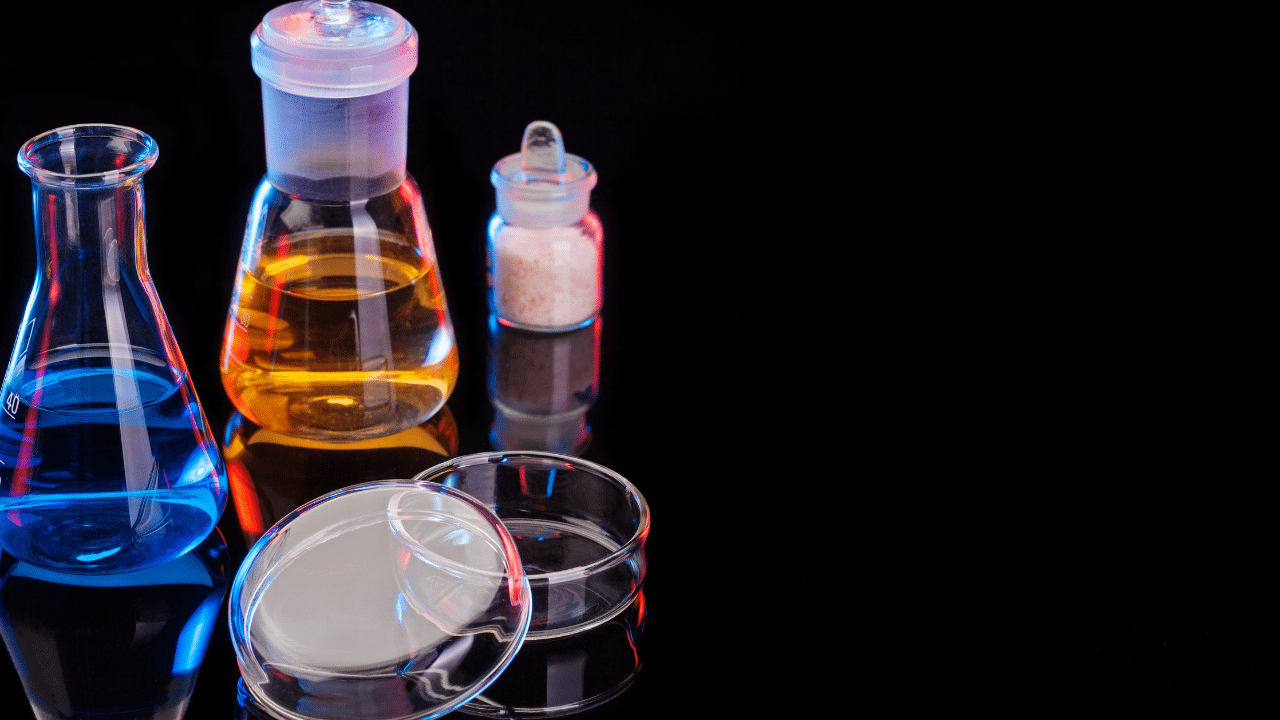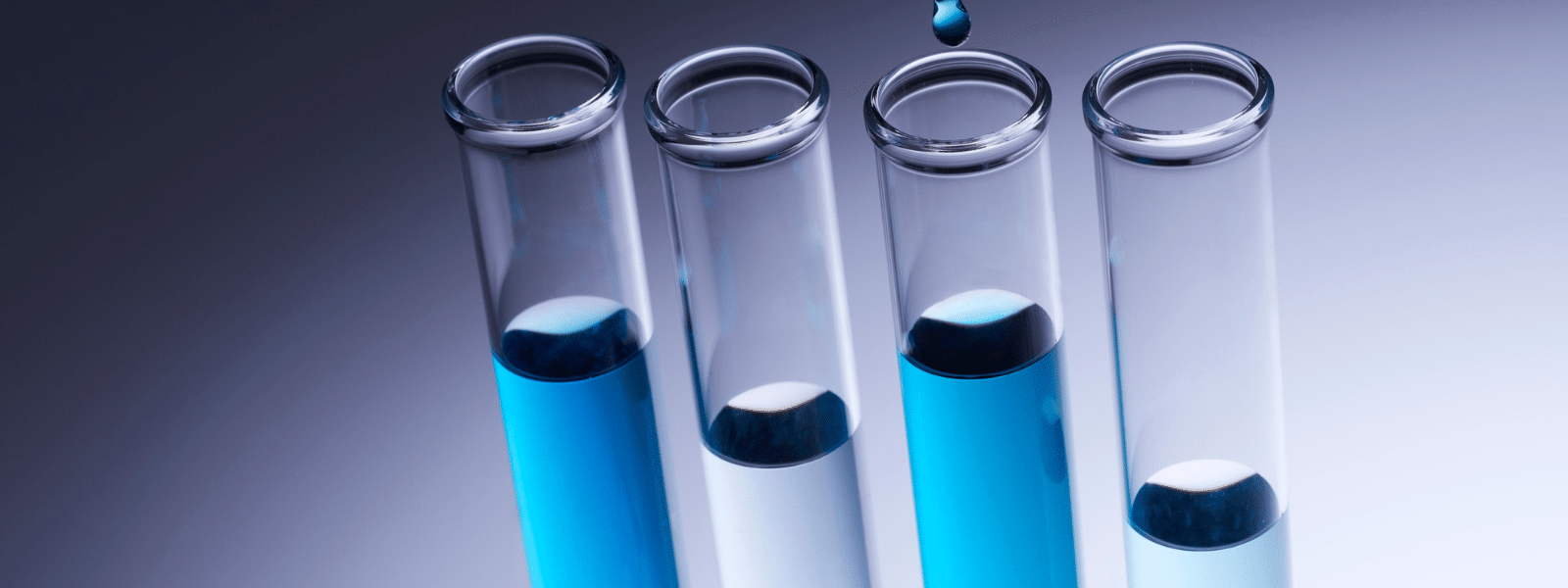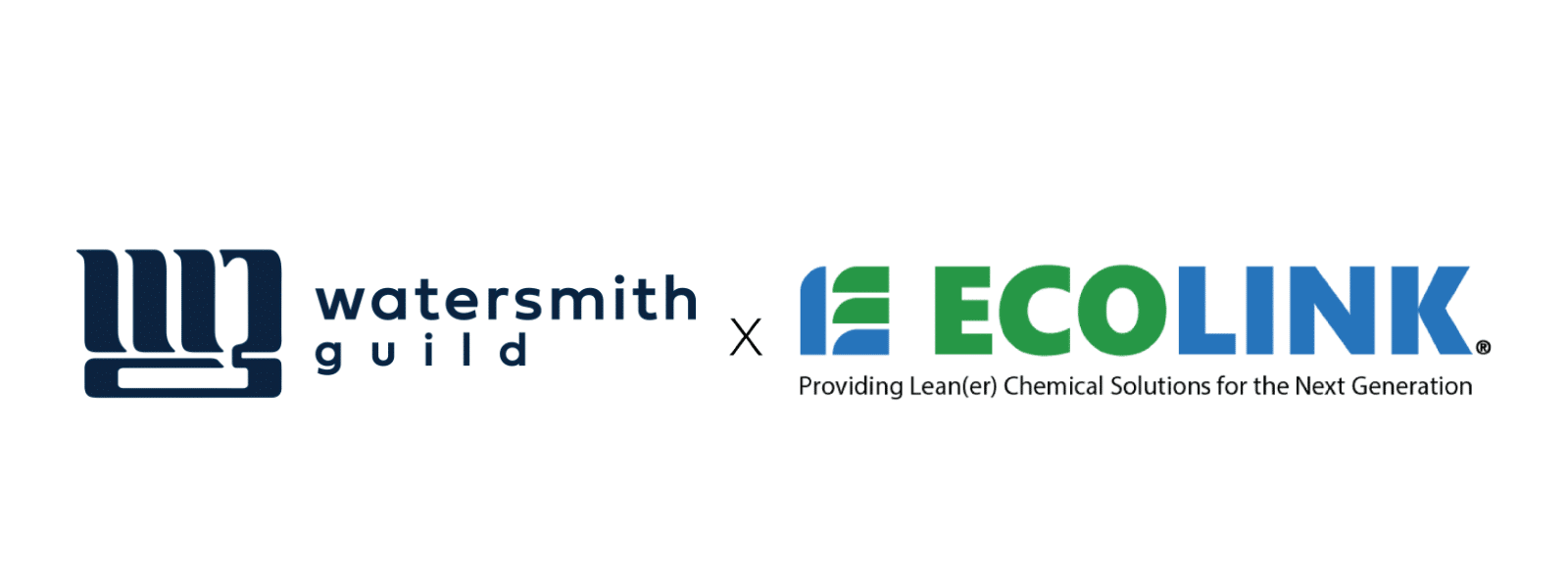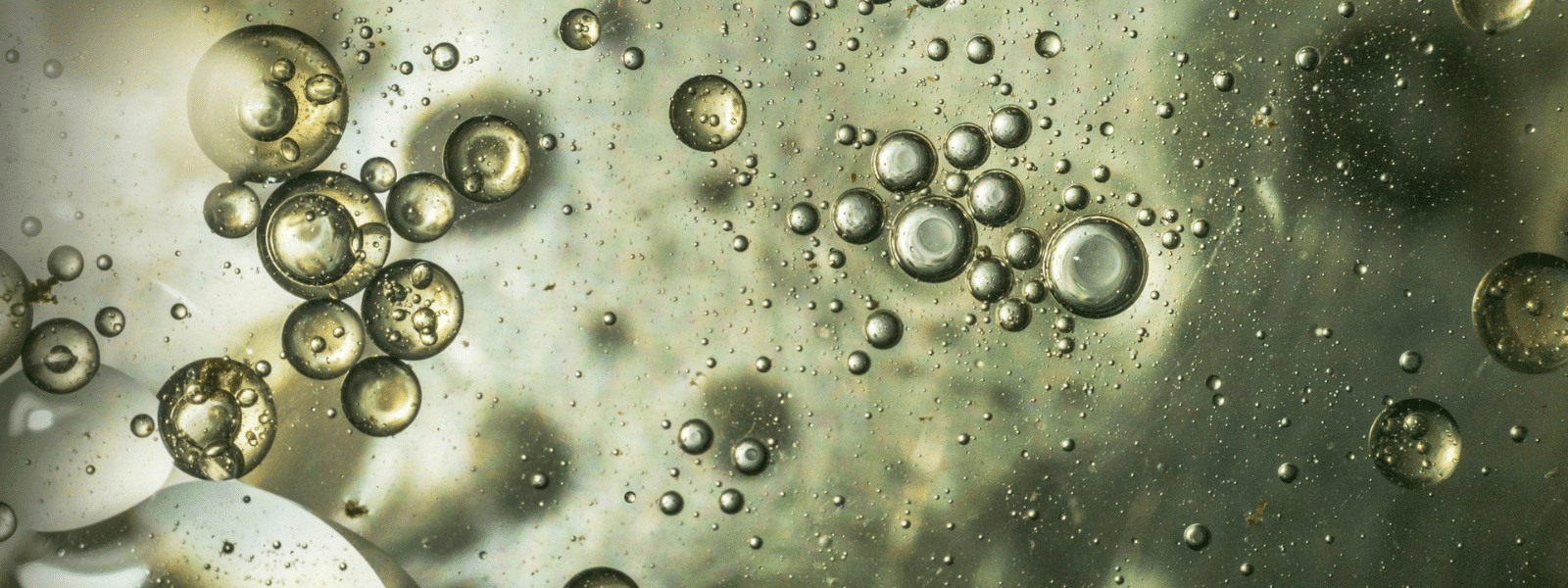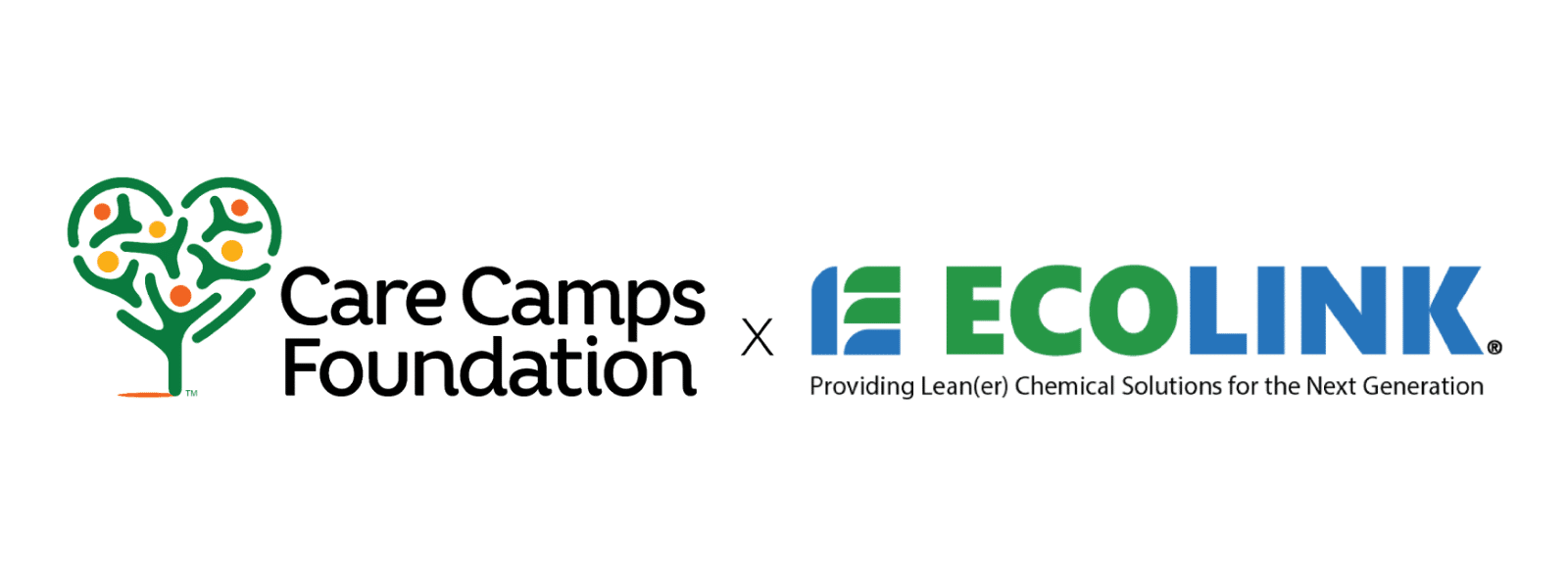Green chemistry is a method of chemistry devoted to the principles of securing eco-friendly, green alternative chemical concoctions that can be used in place of the hazardous, toxic chemicals still used by industrial businesses. There are twelve principles involved in green chemistry. Read on to learn about their importance, and what they are.
Why Is Green Chemistry Important?
Green chemistry speaks to the improvement of industrial chemical use by replacing toxic chemicals with safer, more eco-friendly alternatives to decrease the harm to the environment and human health. The principles of green chemistry are an effort to educate industrial companies on the importance of implementing greener practices and products into their company, encouraging them to transition to green alternative chemical solutions.
12 Principles of Green Chemistry
The following list details the 12 principles of green chemistry and provides insight into what each principle means.
- Prevention: Always try to prevent waste instead of relying on methods of waste cleanup. Prevention is the best choice, every time.
- Atom Economy: This involves the idea that synthetic methods can be designed to help optimize the incorporation of all components in use so that there is no waste when the final industrial product is being formed.
- Less Hazardous Chemical Synthesis: Synthetic methods for waste prevention should always generate substances that produce little to no toxins that could potentially harm people and/or the environment.
- Designing Safer Chemicals: Chemicals should be developed with maximum efficiency and for optimal safety, ensuring minimization and elimination of toxins.
- Safer Solvents and Auxiliaries: All auxiliary and supplemental substances should be reduced as close to zero as possible, and if used, should be close to one hundred percent innocuous as possible.
- Design for Energy Efficiency: Chemicals with energy requirements are considered dangerous, and therefore should not be relied on, and should be eradicated by any means possible.
- Use of Renewable Feed stocks: Raw materials, also called ‘feed stocks,’ should not be designed to deplete, and should be labeled renewable whenever possible.
- Reduce Derivatives: The use of derivative substances and components should be minimized, or altogether avoided because it requires additional steps, consequently leading to more waste.
- Catalysis: Catalytic reagents are superior to stoichiometric reagents.
- Design for Degradation: All chemical products should be developed with materials that can easily break down and dissolve, or safely erode, once its lifecycle ends, with no negative environmental effect.
- Real Time Analysis for Pollution Prevention: Analytics and methodologies need to be maximized and enhanced to allow for current, up-to-date, and even real-time monitoring, which allows for immediate control and regulation, subsequently leading to the prevention of hazardous substance formation.
- Inherently Safer Chemicals for Accident Prevention: All substances that could be chosen for a chemical process should have an element or high degree of chemical accident prevention specifically designed within its makeup.
Looking to Buy Eco-Friendly Chemicals?
Ecolink is a proud provider of environmentally conscious chemicals. We supply companies with safer, greener alternatives to harsh, toxic chemicals in an attempt to minimize and eradicate unnecessary chemical pollution.
Reach out to us today to learn how our team of chemical experts can help your company achieve greener practices!





